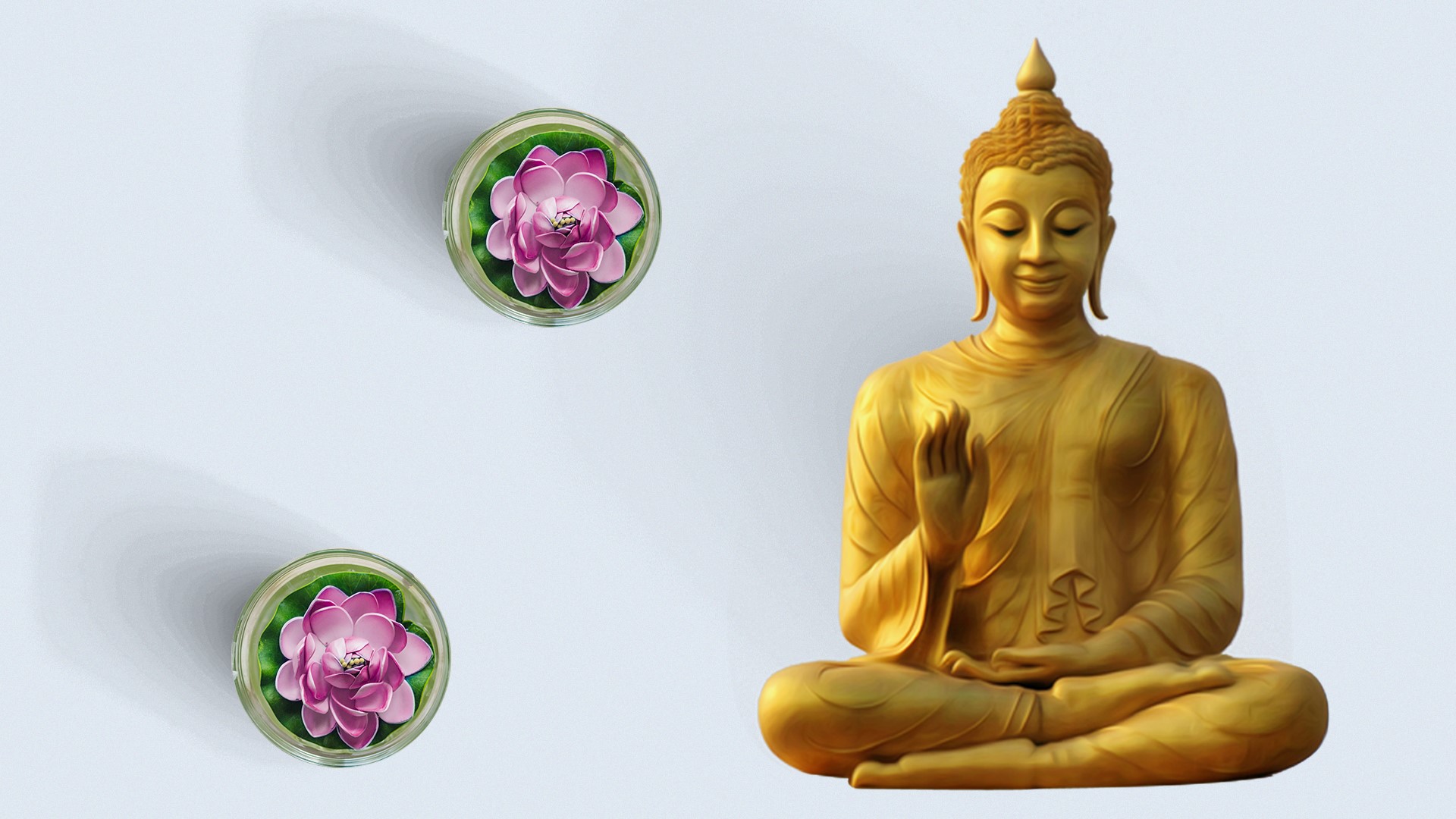
Sorry, we couldn't find anything that matches your search.
Destination

Famous Places to Explore in Hyderabad
A vibrant city with the imposing...

Raipur Tourist Places | Best Place to Visit
The stronghold of several erstwhile...

Ahmedabad
Declared as India's first UNESCO World...
#
Constructed sometime between the 9th-11th centuries AD, the ruins of the Bhima Devi Temple are an interesting spot to learn more about history. As evident from excavations from around the area, the temple was once dedicated to Lord Shiva. It is said that there were three stone plinths here, which may have belonged to the beautiful ancient temple. The stone plinths indicate that the temple must have been built in the Panchayatan style of architecture, in which a main shrine is located at the centre and four sub-shrines are placed in the four cardinal directions. This makes a total of five temples. The temple has figurines and sculptures that are similar to the ones in Khajuraho. Moreover, the remains have shown that the ancient temple included architectural elements like chaitya windows, Bhadramukha and miniature turrets, among others.
According to inscriptions unearthed by archaeologists, this area was once referred to as Bhima Nagar. This name is believed to have been derived from a much revered local temple dedicated to Bhima Devi. There are a number of references to this area either by the name of Bhima Nagar or by the name, Panchapaura, which seem to suggest that this was a place of considerable importance between 9th and 12th centuries AD.
Sculptures of Lord Shiva, Goddess Parvati, Goddess Agni, Lord Varuna (god of air), Lord Surya (sun god), Lord Vishnu, Lord Ganesha and Lord Kartikeya have also been found at this site. Some important inscriptions excavated link the temple to the historical figure of Raja Rama Deva, who might even have patronised it. The ruins are easily accessible from Chandigarh, being only 10 km away from the famous Yadavindra Gardens in Pinjore.








